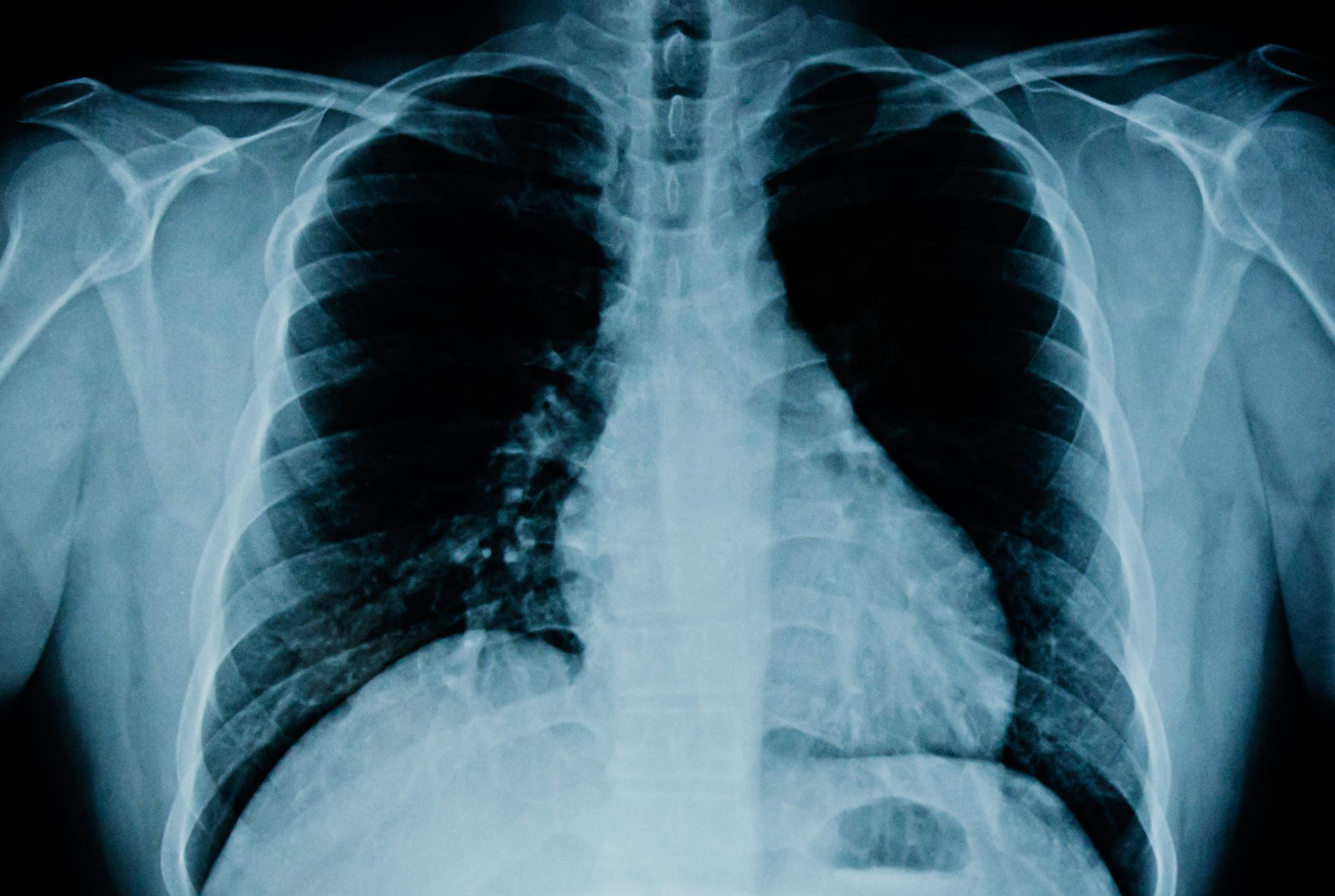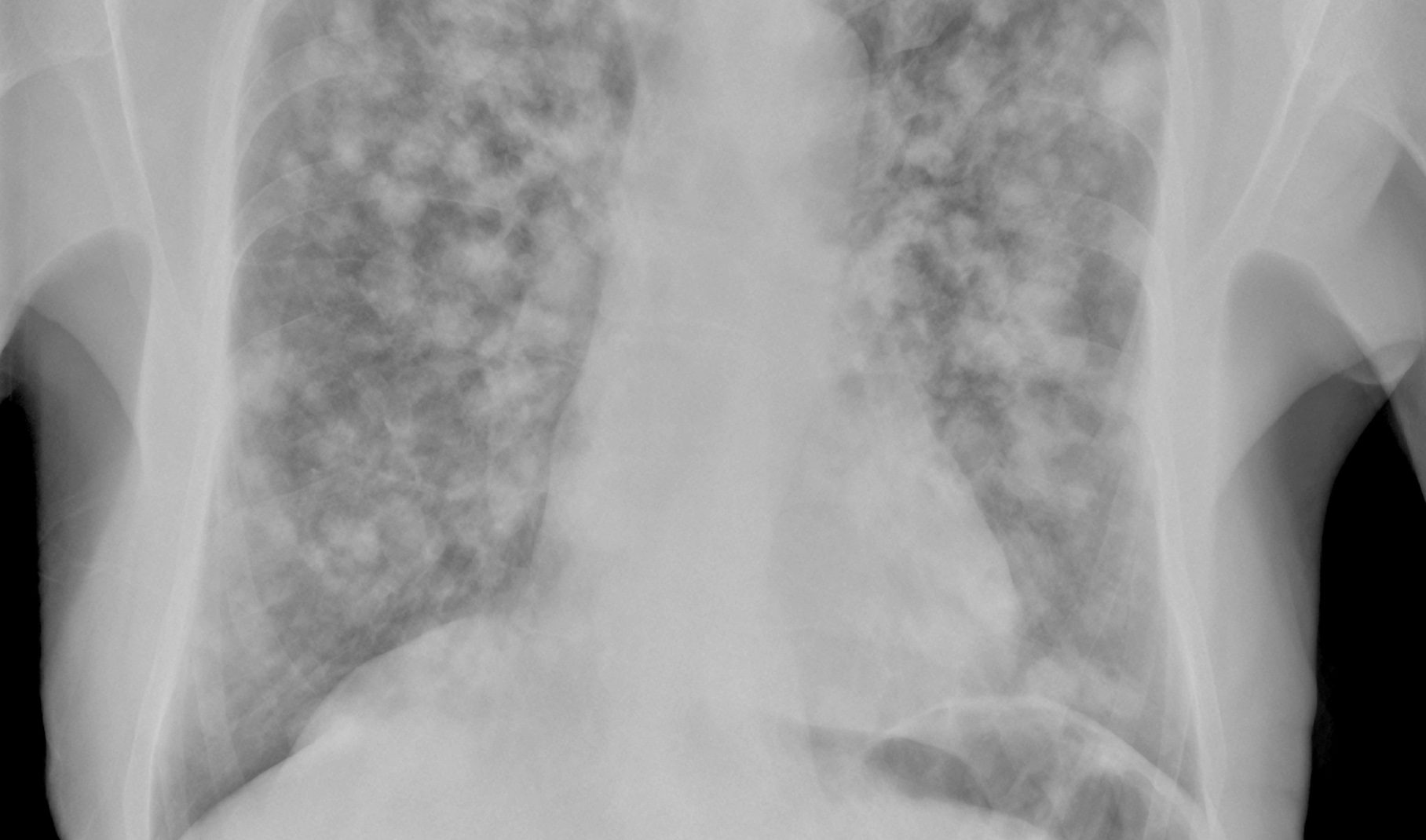After dapagliflozin had been approved for some time for heart failure with reduced ejection fraction, Swissmedic now granted an indication extension for heart failure with mildly reduced or preserved ejection fraction (HFmrEF or HFpEF). This decision is based on data from the DELIVER study.
** Treatment of chronic symptomatic left ventricular failure in combination with other drug therapies for heart failure in adult patients [1].
On February 6, 2023, Swissmedic approved Forxiga® (dapagliflozin) for the treatment of heart failure across the spectrum of left ventricular ejection fraction. This is regardless of whether patients have concomitant type 2 diabetes or not [1,4]. Prof. Roger Hullin, MD, University Hospital Lausanne, emphasized: “The landmark results of the DELIVER trial revolutionize heart failure therapy. Today’s approval provides physicians with a pharmacological tool that significantly improves outcomes for patients with HFmrEF or HFpEF, and whose tolerability profile is well known from previous studies in heart failure with impaired pump function and patients with type 2 diabetes (T2D) or renal function impairment. Patients with preserved ejection fraction usually have significantly impaired exercise capacity and impaired quality of life. To date, very few options exist to treat these individuals, and dapagliflozin will be of great benefit in these patients” [4].
| DELIVER study The DELIVER trial was an international randomized-controlled, double-blind, event-driven, parallel-group phase III study comparing the efficacy of dapagliflozin to placebo in the treatment of patients with heart failure and LVEF greater than 40%, with or without type 2 diabetes (T2D). Dapagliflozin was given once daily in addition to background therapy (standard regional therapy for all comorbidities, including diabetes and hypertension, except concomitant use of an SGLT-2 inhibitor) [2]. DELIVER, with 6263 randomized patients, is the largest clinical trial to date in heart failure patients with LVEF greater than 40% [2,10]. The primary end point was time to first occurrence of cardiovascular death, hospitalization for heart failure (HHI), or urgent medical visit for heart failure (HI). Secondary endpoints included total number of heart failure events (HHI or urgent medical visit for HI) and cardiovascular deaths, change from baseline in the Kansas City Cardiomyopathy Questionnaire total symptom score at eight months, time to cardiovascular-related death, or death from any cause [2]. |
Forxiga® sets new standards for the treatment of heart failure
Swissmedic’s approval is based on the positive results from the landmark phase III DELIVER study, published in The New England Journal of Medicine, which showed that dapagliflozin resulted in a statistically significant and clinically meaningful reduction in cardiovascular mortality or worsening heart failure compared to placebo [2]. Namely, dapagliflozin significantly reduced the combined end point of cardiovascular death or worsening heart failure by 18% (16.4% in the dapagliflozin group versus 19.5% in the placebo group; ARR$ 3.1%) over a median observation period of 2.3 years. All individual components contributed to superiority in the primary endpoint. The results were consistent in key subgroups studied and extend the benefit of Forxiga® to the entire spectrum of patients with heart failure, regardless of left ventricular ejection fraction (LVEF) status. The study results also showed a symptom-related benefit in patient self-assessment (PRO/Patient Reported Outcome), which was determined using the total symptom score in the Kansas City Cardiomyopathy Questionnaire (KCCQ) [2].
$ ARR=absolute risk reduction
The indication expansion is also justified in light of the fact that a prespecified pooled analysis of the phase III DAPA-HF (in HFrEF patients) and DELIVER trials demonstrated a mortality benefit for dapagliflozin compared with placebo in patients with heart failure [3]. At a median follow-up of 22 months, there was a substantial risk reduction with SGLT-2-i therapy: the risk of cardiovascular death decreased by 14% with dapagliflozin (HR: 0.86; 95% CI: 0.76-0.97; p=0.01; ARR: 1.5%), risk of all-cause mortality by 10% (HR: 0.90; 95% CI: 0.82-0.99; p=0.03; ARR: 1.5%), and total initial and repeat hospitalizations for heart failure by 29% (HR: 0.71; 95% CI: 0.65-0.78; p<0.001, ARR: 6%) [3].
| Heart failure: high “Burden of disease Heart failure affects nearly 64 million people worldwide and in Switzerland there are approximately 150,000-200,000 heart failure patients [5,6,14]. Chronic heart failure is the most common cause of hospitalization in people over 65 years of age and is associated with significant morbidity and mortality [7]. Left ventricular ejection fraction (LVEF) indicates the percentage of blood ejected from the heart during each contraction: HFrEF (LVEF ≤40%), HFmrEF (LVEF of 41-49%), and HFpEF (LVEF of ≥50%) [8]. Approximately half of all heart failure patients suffer from HFmrEF or HFpEF, for which few treatment options are available [8,9]. |
Guideline-compliant and well-tolerated therapy option for further indications
The safety and tolerability profile of dapagliflozin in the phase III DELIVER study was consistent with the known safety profile [1,2,4]. With a once-daily dosage of 10 mg, without titration, dapagliflozin offers seamless integration into any heart failure regimen. In this setting, Forxiga® can be prescribed without changing existing heart failure medications or dosages [1]. Dapagliflozin was the first approved SGLT-2 inhibitor in Switzerland for the treatment of HFrEF in patients with and without T2D [1]. Prior to this, dapagliflozin was initially approved for the treatment of T2D and somewhat later for T2D patients with and without cardiovascular diseaseΔ as an add-on to standard therapy to reduce the risk of heart failure-related hospitalization or cardiovascular-related death [1,4,13]. Currently, dapagliflozin is also the first and only SGLT-2 inhibitor approved for the treatment of CKD in adults with and without T2D [1,11,13].§ ¶
Δ Patients without prior cardiovascular disease with the following risk factors: Age ≥55 (men), ≥60 years (women) u. Dyslipidemia, hypertension or smoking or patients with manifest cardiovascular disease.
§ Forxiga® is indicated for reducing the risk of chronic kidney disease (CKD) progression in adult patients with CKD [1].
¶ In adult patients with CKD for at least 3 months with an eGFR of 25-75 ml/min per 1.73m2 and a urinary albumin-creatinine quotient of >20 mg/mmol (>200 mg/g). In addition to the individually optimized standard therapy with an ACE inhibitor or an angiotensin II receptor antagonist or if these therapies are contraindicated or had to be discontinued due to clinically relevant side effects. No reimbursement in patients with type 1 diabetes mellitus or polycystic kidney disease [13].
Source: AstraZeneca
Literature:
- Drug Information, www.swissmedicinfo.ch, last accessed 06.03.23.
- Solomon S, et al: Dapagliflozin in Heart Failure with Mildly Reduced or Preserved Ejection Fraction. N Engl J Med 2022; 387(12): 1089-1098.
- Jhund P, et al. Dapagliflozin across the range of ejection fraction in patients with heart failure: a patient-level, pooled meta-analysis of DAPA-HF and DELIVER. Nature Medicine 2022 Aug 27. doi: 10.1038/s41591-022-01971-4. epub ahead of print. PMID: 36030328.
- “Forxiga® (dapagliflozin) newly approved for the treatment of heart failure across the spectrum of left ventricular ejection fraction,” AstraZeneca, Feb. 08, 2023.
- Vos T, et al: Global, regional, and national incidence, prevalence, and years lived with disability for 328 diseases and injuries for 195 countries, 1990-2016: A systematic analysis for the Global Burden of Disease Study 2016. Lancet 2017; 390(10100): 1211-1259.
- Mozaffarian D, et al: Heart disease and stroke statistics – 2016 update. Circulation 2016; 133(4): e38-360.
- Azad N, et al: Management of chronic heart failure in the older population. J Geriatr Cardiol 2014; 11(4): 329-337.
- Heidenreich PA, et al: 2022 AHA/ACC/HFSA Guideline for the Management of Heart Failure: A report of the American College of Cardiology/American Heart Association Joint Committee on Clinical Practice Guidelines. J Am Coll Cardiol 2022; 79(17): e263-421.
- Dunlay SM, et al: Epidemiology of heart failure with preserved ejection fraction. Nat Rev Cardiol 2017; 14(10): 591-602.
- 10. dapagliflozin Evaluation to Improve the LIVEs of Patients With Preserved Ejection Fraction Heart Failure, https://clinicaltrials.gov/ct2/show/NCT03619213,(last accessed 03/06/2023).
- Heerspink HJL, et al: Dapagliflozin in patients with chronic kidney disease. N Engl J Med 2020; 383(15): 1436-1446.
- 12. Wiviott SD, et al: for the DECLARE-TIMI 58 Investigators. Dapagliflozin and cardiovascular outcomes in type-2 diabetes [article and supplementary appendix]. N Engl J Med 2019; 380(4): 347-357.
- List of specialties, www.spezialitätenliste.ch, last accessed on 01.02.2023
- Dapagliflozin Effects on Cardiovascular Events in Patients With an Acute Heart Attack (DAPA-MI), https://clinicaltrials.gov/ct2/show/NCT04564742, (last accessed 03/06/2023).
HAUSARZT PRAXIS 2023; 18(3): 36-37











